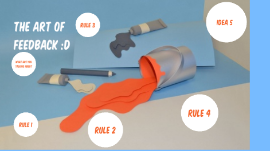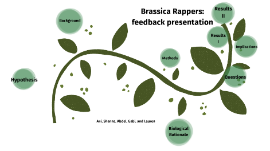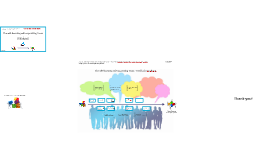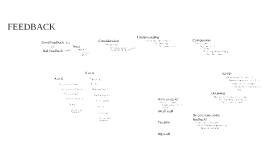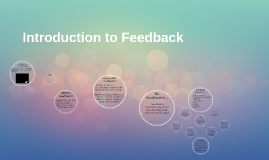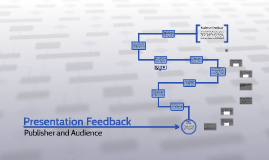Presentation Feedback
Transcript: Publisher and Audience Publisher Feedback The method I used to collect feedback for the presentation from the publisher was by having a one to one interview with him. This interview was recorded on camera so that it can be used as evidence. The questions I chose to ask were for the purpose of collecting feedback, from the publisher, for all areas of the presentation. Another question I asked was how I could keep the presentation within the 10 minute time period. He answered that it is very difficult to keep inside the time limit, especially with the audience asking questions at the end, the important thing is that you covered the areas of the presentation in enough detail which is more important. In addition, the survey also found out how engaging the presentation was for the audience, which is important for convincing potential investors. The results revealed that 33% of audience members found the presentation engaging all the way through, 50% of audience members found it mostly engaging, and 17% of audience members only found that parts of the presentation were engaging. This is positive as it concludes that 83% of the audience found the majority of the presentation engaging. However it also suggests that there are elements that need to be improved as 17% of audiences only found parts of the presentation engaging, meaning that they didn’t take in a lot of the information. Finally, I asked if I was able to answer the feedback questions at the end of the presentation professionally. The publisher answered that the answers were clear and professional despite some hard questions given by the audience, and that I clearly knew my magazine inside out. Before Changes: When the publisher was asked if the slides of the Prezi were clearly linked to the spoken information, he answered that there was clearly no confusion between the slides and spoken information, and that I clearly knew the presentation and effectively linked the spoken information with the slides. Audience members were also asked if the presentation could be improved in any other ways, and if so how? Audience members gave individual answers to this question, such as: “Be more passionate and expressive about the magazine” “Nope” “Maybe add a phrase like ‘Time to pass the torch’” “More confidence and self-belief in the product when pitching” These results portray that the majority of the audience felt that there was some way that the presentation could be improved, but there were also some audience members who felt the audience was fit for purpose with no improvements needed. The results of the survey revealed that the presentation was clearly presented both on the slides and verbally, as 33% of people said that all of the presentation was clear, and 67% of people said that most of the presentation was clear. This is a positive reflection on the presentation as the information was clearly presented on the slides and verbally to the audience. I first asked the publisher whether or not the presentation was professionally presented. He responded positively, answering that the format of the presentation through using Prezi was appropriate and fit for purpose, as well as the presenters’ appearance and mannerisms. Presentation Feedback Another question asked about if there was any information that was missed in the presentation. The publisher responded with suggested improvements to the marketing area of the presentation, including examples such as Facebook and Twitter pages and posters. He further suggested that I needed more marketing terms such as above and below the line marketing, and including a readership profile. I also asked the publisher what the main strengths and weaknesses of the presentation were, he answered that in his opinion the focus on the magazine pages was very impressive, and to improve them I could change the headline on version 2 as it isn’t as clear as version 1, and I could also show the feedback I received that told me what improvements to version 1 I needed to make. He went on to say that it would have been nice to see some annotations of codes and conventions for the front cover. He also said that it was good that I gave the opportunity for the audience to give feedback at the end, and sent out a survey to receive further feedback. Further improvements that the publisher recommended included that there needed to be more detail with the pre-production material. Audience Feedback When asked whether the presentation made Manic magazine seem like a good investment, the publisher again responded positively, saying that the budget summary and breakdown was very clear, making Manic magazine seem like a good investment. The method I used to collect feedback from the audience of my presentation was Survey Monkey. I asked a range of questions that enabled them to evaluate the clarity of the presentation, how engaging it was, the content of the presentation and whether it made the magazine seem professional and successful. The survey also






